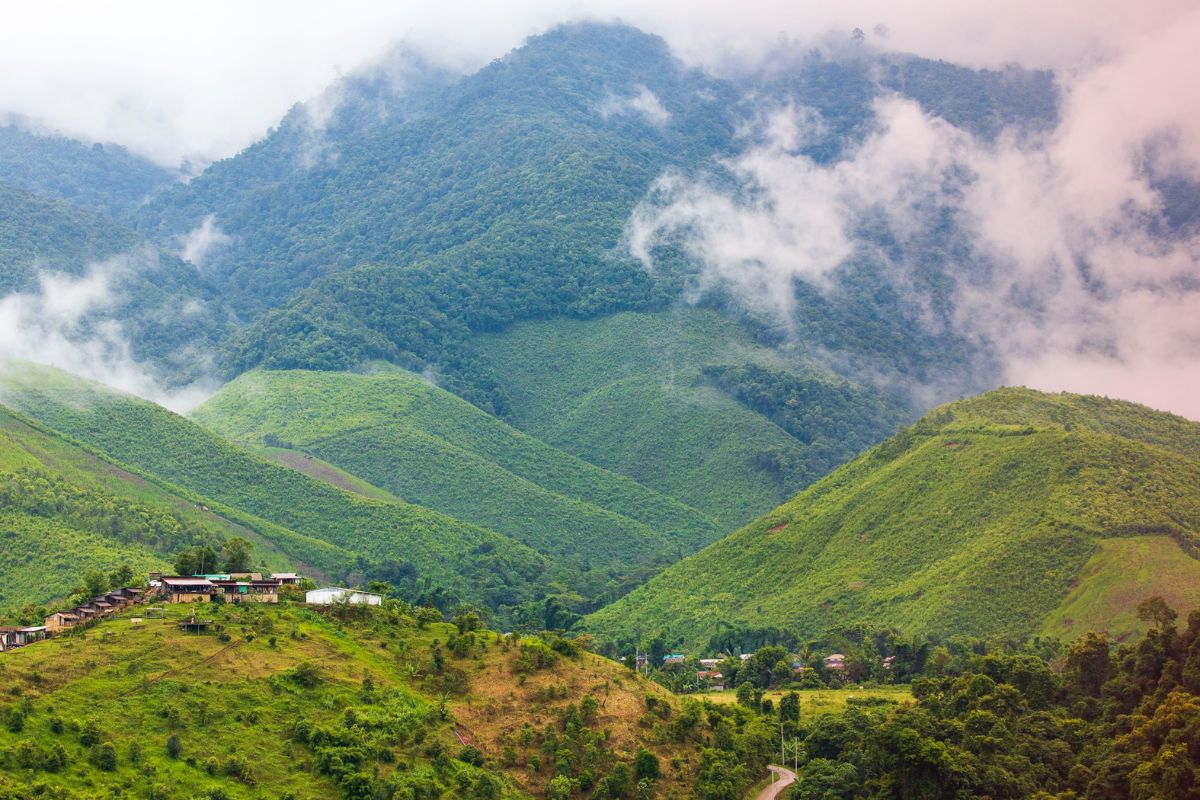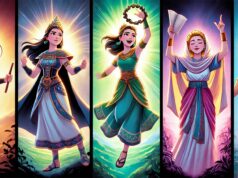
Introduction
In the coming months, I will be writing about creation and its various facets, starting with Genesis to Revelation. This month, our focus is on Genesis 1, an important Scripture in the Judeo-Christian tradition that has shaped our understanding of God and creation. In terms of methodology, while focusing on the final form of the work, readers will be encouraged to examine the text in question from the perspectives of Indigenous communities in all write-ups.
In this current piece, I suggest that Genesis 1 provides insights into the interconnectedness of life, the beauty of diversity, and the value of human responsibility and nature’s inherent capacity to sustain itself. It then demonstrates how Indigenous readings of creation may provide insights that offer some solutions to today’s ecological crisis.
Summary Of The Chapter
Genesis 1 presents a narrative of the formation of the world in the Judeo-Christian belief system. The text breaks down the beginning of the cosmos over a span of six days, with each day characterised by distinct divine actions. God, the Creator, initiates the creation process by bringing forth light and distinguishing it from darkness with the first day (vv 3-5). The subsequent days see the creation of the sky, land, seas, plants, sun and moon, sea creatures, birds, land animals, and ultimately, human beings through God’s own words (vv 6-27; Dube 2015). After creating the natural order, God announces the inherent goodness of all creations, including humans.
Creator, Humans, And Living Things-Beings
The creation narrative demonstrates the strong connection between God as the Creator, humanity as the Creator’s work, and all living things-beings as constituents of the created order. In a similar manner, the Indigenous communities held a belief with regard to the existence of a Creator God, a deity/spirit accountable for the formation of all things on earth. They perceive an intricate connection between the divine, themselves, and the natural world.
In such thinking, living things are more than just a means to an end; they are living beings with whom we have a mutually beneficial connection. On the practical front, it is a functioning relationship. For example, they rely on the river to fish, which provides them with their primary subsistence. As a result, they do not overfish (or hunt) what nature provides.
Indigenous communities would emphasise the interconnection of all living things in Genesis 1, the story of God creating the created order. The notion of rashly or carelessly destroying the natural environment would not be well received. Their focus would be on fostering a sense of harmony with nature.
The Beauty In Diversity
As the narrative of Genesis 1 unfolds, it creates the framework of the cosmology. It also presents a remarkable array of life forms, ranging from plants to animals, each brought into existence according to their own distinct kinds. The beauty of this diversity is evident in the formation of living things, beings, and animals. It appears that the existence of various life forms was deliberate.
In the contemporary world, we are witnessing a growing loss of various life forms. However, the creation narrative prompts us to appreciate the intrinsic worth of the diverse array of plants and species that inhabit our planet.
If we, as humans, truly appreciate the richness of diversity, there is a wealth of knowledge to be gained from it. Rather than disregarding another race as different, we should embrace their unique perspectives. Indeed, the focus on diversity is a poignant reminder of the significance of accepting and embracing the unique qualities of individuals and people groups, promoting inclusiveness, and cherishing the abundance that emerges from a mosaic of diverse viewpoints and traditions of our very existence.
Human Responsibility And Sustainability Of Creation
A traditional interpretation has seen Genesis 1’s mandate to “subdue” and “have dominion” (v 28; Jeremy 1989; David 2014) over the Earth as an excuse for exploitation. It seems that this interpretation arises from the belief that humans are the most important beings, with the power to rule over everything. Even with such an interpretation, a moderate interpreter would bring a sense of responsibility for stewardship. Given the current ecological crisis, the text in question necessitates a thoughtful response that emphasises the responsibility to care for the Earth that extends beyond mere exploitation.
For Indigenous communities, the created order is believed to be created by a higher power. This belief holds that living things-beings possess the inherent ability to sustain itself and adapt to their surroundings (see also Pattel-Gray and Habel 2022). If this is the case, it urges us to accept the invitation to embrace peaceful coexistence with nature, since humans and other creatures are intricately linked (Dyke 1996).
For generations, Indigenous communities have recognised this reality. They are cautious about unsustainable practices and have actively strived to live in harmony with nature.
Implications
This interconnected relationship of the Creator with humans and living things-beings, the creation of diversity of living things and beings, and the emphasis on human responsibility and the recognition of creation’s sustainability in Gensis 1 have far-reaching implications for the current environmental crisis. There are several implications that can be drawn from this, but I want us to focus on three in particular.
In Genesis 1, there is a clear recognition of the interconnectedness between the Creator, humans, and all living things-beings. This highlights the notion that everything in the natural world relies on one another. The interconnectedness of all parts of creation highlights the far-reaching effect human actions can have on the entire ecosystem.
Additionally, Genesis 1 highlights the remarkable diversity of living beings, as each aspect of creation is deemed worthy by the Creator. The recognition of diversity highlights the importance of the interplay between different species in maintaining the complexity of ecosystems.
Furthermore, the repeated affirmation of the goodness of each creation day suggests a divine design that sustains life. It implies that the Earth is more than just a commodity to be taken advantage of, but rather a Divinely constructed ecosystem built to last.
Reference
Cohen, Jeremy. “Be Fertile and Increase, Fill the Earth and Master It”: The Ancient and Medieval Career of a Biblical Text. Ithaca: Cornell University Press, 1989.
Dyke, F. H. van, D. C. Mahan, J. K. Sheldon, and R. H. Brand. eds., Redeeming Creation: The Biblical Basis for Environmental Stewardship. Leicester: IVP Academic, 1996.
VanDrunen, David. Divine Covenants and Moral Order: A Biblical Theology of Natural Law. Grand Rapids: Eerdmans, 2014.
Dube, Musa W. “‘And God1 Saw that it was Very Good’”: An Earth-friendly Theatrical Reading of Genesis 1.” Black Theology, Vol. 13 No. 3, (November 2015): 230–246.
Pattel-Gray, Anne and Norman Habel, eds., De-Colonising the Biblical Narrative, Volume 1: The First Nations of De-Colonising of Genesis 1-11. Brompton: ATF Press, 2022.









